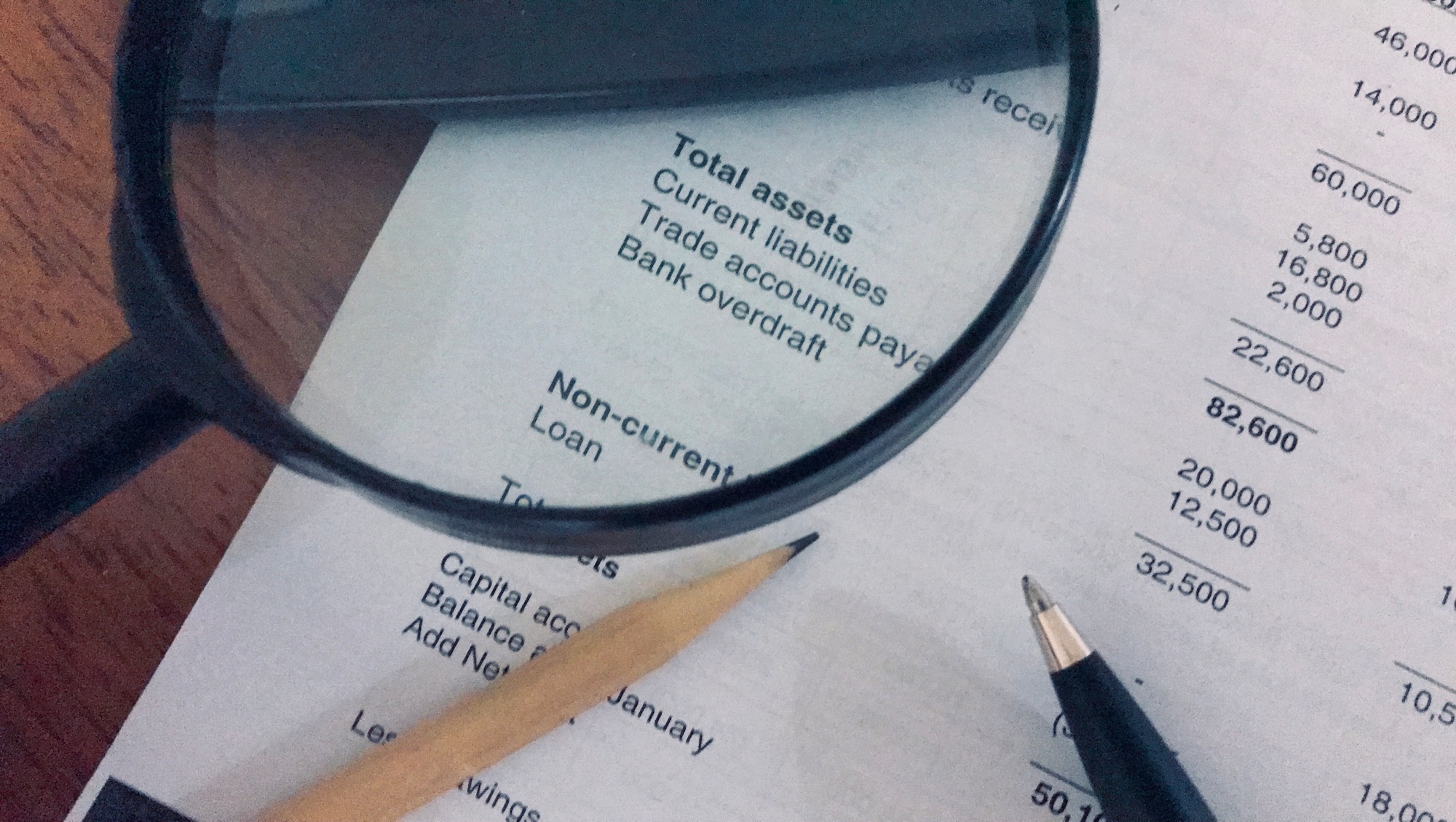Key Takeaways

- Definition of Profit and Loss Statement: A profit and loss statement (P&L) is a financial document summarizing revenues, costs, and expenses over a specific period, offering insights into a business’s performance.
- Importance for Decision-Making: Regularly reviewing your P&L helps business owners make informed decisions regarding investments, staffing, and cost management, ultimately driving growth and profitability.
- Key Components to Understand: Key elements of a P&L include revenue (operating and non-operating), expenses (cost of goods sold and operating expenses), and net profit or loss, which reflects overall profitability.
- Financial Analysis: A P&L statement is essential for analyzing financial trends, enabling businesses to identify patterns in revenue and expenses that can inform strategic adjustments.
- Helps Track Financial Health: By monitoring and analyzing the P&L, business owners gain valuable insights into their financial health and can plan for future growth effectively.
Understanding your business’s financial health is crucial, and that’s where a profit and loss statement comes in. This key financial document summarizes your revenues, costs, and expenses over a specific period, giving you a clear snapshot of how well your business is performing. Whether you’re a seasoned entrepreneur or just starting out, knowing how to read and analyze this statement can help you make informed decisions.
A profit and loss statement, often referred to as a P&L, not only highlights your earnings but also reveals areas where you might improve. By tracking your income and expenditures, you can identify trends, control costs, and ultimately drive profitability. In this article, you’ll discover the essential components of a P&L statement and why it’s indispensable for every business owner.
What Is a Profit and Loss Statement

A profit and loss statement (P&L) summarizes your small business’s revenues, costs, and expenses over a specific period. This financial document provides a clear view of your business performance, enabling you to make informed decisions.
You can use the P&L to assess profitability, analyze trends, and identify areas for improvement. The statement typically includes revenue from sales, cost of goods sold, gross profit, operating expenses, and net income. By regularly reviewing your P&L, you gain insights into your financial health, which is crucial for running a small business effectively.
Understanding your P&L empowers you to track financial performance, manage cash flow, and plan for future growth. It acts as a tool for both experienced entrepreneurs and newcomers, helping you enhance your business strategy and drive success.
Importance of Profit and Loss Statement

A profit and loss statement (P&L) holds substantial value in evaluating your small business’s financial performance. It provides insights into your revenues, costs, and overall profitability, guiding crucial business decisions.
Financial Analysis
A P&L statement serves as a fundamental tool for financial analysis. You can assess your earnings against expenses, identifying trends that impact profitability. By regularly reviewing your P&L, you spot patterns in revenue and costs, enabling you to adjust strategies effectively. For instance, increased costs of goods sold (COGS) may prompt a re-evaluation of pricing or supply chain management, directly influencing your bottom line.
Decision Making
Using a P&L statement enhances your decision-making process. You evaluate whether to invest in new projects, hire additional staff, or cut costs based on financial performance data. For small business owners, this clarity helps prioritize effective strategies that foster growth. A well-maintained P&L allows you to project future performance and make informed decisions that align with your overall business goals.
Components of a Profit and Loss Statement

Understanding the components of a Profit and Loss (P&L) statement is crucial for running a small business. Each element provides insights into your company’s financial performance.
Revenue
Revenue represents the total money earned from your primary business activities. It includes income from retail sales, service fees, and any other sources like interest. Your revenue sits at the top of the P&L statement and can branch into categories, such as:
- Operating Revenue: This includes income from core activities like sales and gross receipts.
- Non-Operating Revenue: This includes income not directly related to core operations, such as interest income.
Understanding your revenue streams allows you to pinpoint which activities contribute most to your profitability.
Expenses
Expenses encompass all costs incurred to generate revenue. These costs must remain under control for your small business to thrive. Key types of expenses include:
- Cost of Goods Sold (COGS): This reflects expenses directly tied to the production of goods sold.
- Operating Expenses: These costs relate to the day-to-day operations of your business, such as rent, utilities, and payroll.
Monitoring your expenses on the P&L statement helps identify areas where you can cut costs or improve efficiency.
Net Profit or Loss
Net profit or loss provides the bottom line of your P&L statement, showing your business’s profitability over a specific period. It’s calculated by subtracting total expenses from total revenue. A positive net profit indicates a profitable operation, while a net loss signals the need to reassess your strategies. A frequent review of your net profit or loss enhances your ability to make informed decisions that can steer your small business toward success.
How to Read a Profit and Loss Statement

Reading a profit and loss statement (P&L) is essential for running a small business effectively. Understanding the components enables you to assess your financial performance accurately.
Understanding Key Metrics
Revenue represents the total income earned from your business activities. It’s crucial to differentiate between operating revenue, generated from your core services or products, and non-operating revenue from secondary activities. Cost of goods sold (COGS) includes the direct expenses tied to producing your products or delivering your services. Analyzing these two metrics helps you calculate gross profit, which is revenue minus COGS. Subsequently, you’ll want to focus on operating expenses, covering rent, utilities, salaries, and marketing costs. The net income or loss is derived from subtracting total expenses from total revenue, reflecting your overall profitability.
Analyzing Trends
Regularly reviewing your P&L allows you to spot trends and patterns in your business’s financial health. Look for changes in revenue over specific periods, and evaluate whether your expenses grow at the same rate. For example, if sales increase but costs rise disproportionately, it indicates inefficiencies that need addressing. Monitor monthly, quarterly, or annual metrics to evaluate seasonal variances and make informed decisions regarding budgeting, staffing, or expansion. Identifying these trends can enhance your capacity to run a small business effectively.
Conclusion

Understanding a profit and loss statement is essential for your business’s financial success. It provides valuable insights into your revenue and expenses, helping you make informed decisions. By regularly analyzing your P&L, you can pinpoint trends and adjust your strategies accordingly.
This proactive approach not only enhances your ability to manage cash flow but also guides you in prioritizing growth opportunities. Whether you’re an experienced entrepreneur or just starting out, mastering the P&L can empower you to drive your business forward with confidence. Keep it at the forefront of your financial planning to ensure long-term success.
Frequently Asked Questions

What is a profit and loss statement (P&L)?
A profit and loss statement (P&L) is a financial report that summarizes a business’s revenues, costs, and expenses over a specific period. It provides insight into the overall performance of a business, showing both earnings and areas needing improvement.
Why is a P&L statement important for business owners?
A P&L statement is crucial for business owners as it helps assess profitability, track trends, and manage cash flow. Regular reviews guide decision-making on investments, hiring, and cost-cutting, significantly influencing business growth.
What are the key components of a P&L statement?
The key components of a P&L statement include revenue from sales, cost of goods sold (COGS), gross profit, operating expenses, and net income. Understanding each component allows owners to analyze financial performance effectively.
How often should business owners review their P&L statement?
Business owners should regularly review their P&L statement, ideally on a monthly basis. Frequent assessments help identify revenue and expense trends, enabling timely adjustments to improve financial health.
How can business owners read a P&L statement effectively?
To read a P&L statement effectively, focus on key metrics like revenue, COGS, and operating expenses. Calculate gross profit and analyze trends over time to spot changes and address any inefficiencies promptly.
What insights can a P&L statement provide about a business?
A P&L statement provides insights into a business’s profitability, efficiency, and financial trends. By analyzing this information, owners can make informed decisions related to budgeting, staffing, and strategic growth initiatives.
Can newcomers benefit from understanding P&L statements?
Yes, newcomers can greatly benefit from understanding P&L statements. Learning to read and analyze these statements equips them with essential skills to track financial performance and make sound business decisions.
Image Via Envato: wutzkoh, chartchaik1, AmnajKhetsamtip, wichayada69, dekddui1405, louisong, wasant1



